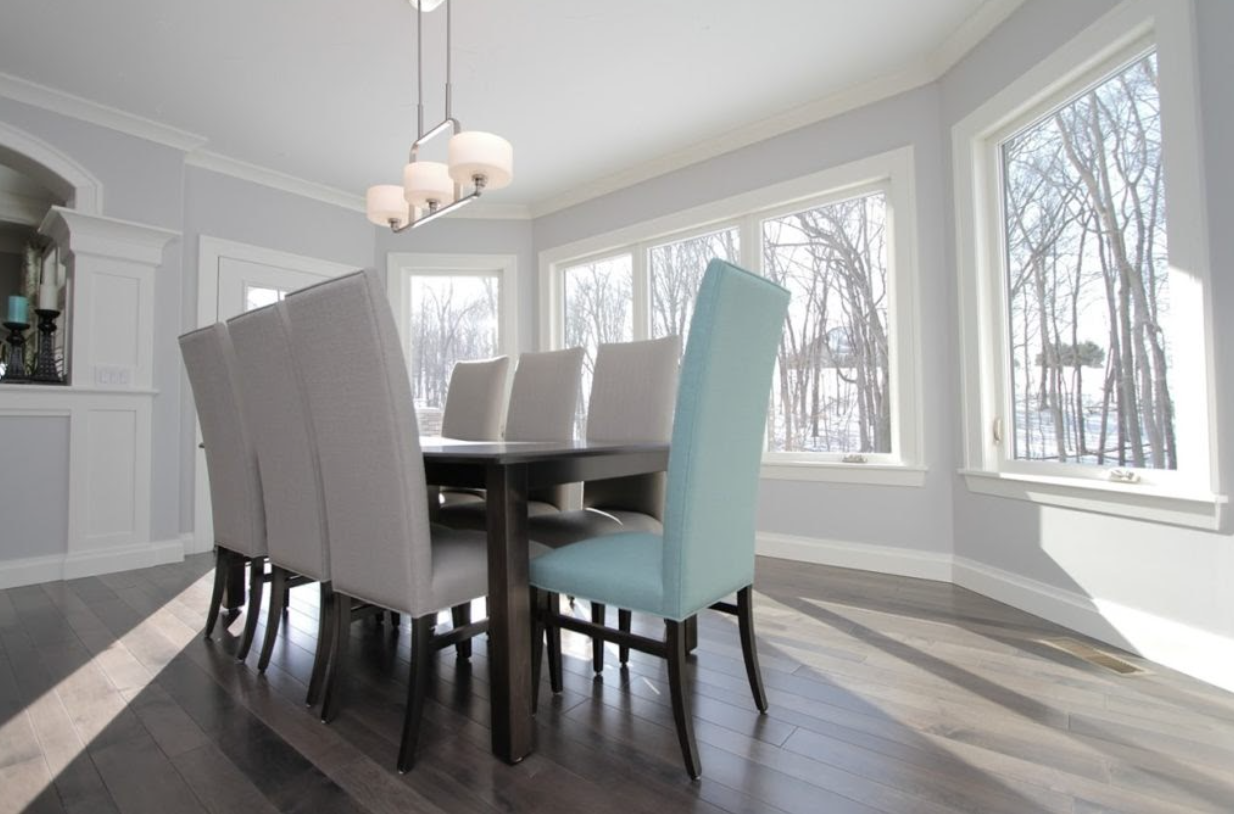Did you know that the average home in the U.S. spends between $500 and $1,500 on heating costs in the winter? If you have an older home with original windows, you might have to pay even more for that during Milwaukee’s coldest months.
That’s because old, inefficient windows tend to allow for heat loss throughout your home, causing your HVAC system to work harder to keep your home at a comfortable temperature. The best thing you can do is schedule a new window installation project, but if you’re not quite ready to take that step, then there are things you can do to prepare your old windows for the coldest months of the year.
Read on to learn tips about what you can do now to prep your windows for winter.
Inspect the Weatherstripping
In older homes, it’s natural to see signs of wear and tear over the years. This is especially true around your windows. Take a look at the weatherstripping to see if you notice any leaks, gaps, or damage.
If you don’t see anything visually, then hold a candle or lighter near the window to see if the flame moves more than usual. If it does, then there are small gaps around your windows letting warm air out and cold air in.
Fortunately, replacing the weatherstripping around your windows is a fairly easy DIY project. Just head to your local hardware store to pick up some new weatherstripping and follow the instructions to replace it.
Check the Caulking
When you’re inspecting the area around your windows, you should also see an original line of caulk between the window trim and the wall. Is it starting to look dried out or showing signs of cracking and flaking?
Like damaged weatherstripping, old caulk can reduce the efficiency of your windows and lead to higher energy bills.
If your caulk has seen better days, remove it with a putty knife and wipe the area clean. Then, dry it completely before applying new caulk. We recommend using a silicone-based caulk for best results. Remember that caulk needs time to dry, so check the weather forecast before applying exterior caulk, to make sure there’s no chance of rain.
Check the Frames for Signs of Rot
The last thing you want to deal with are broken windows in a Milwaukee winter. But, if your window frames are damaged, that just might become your reality. As you’re doing your window inspection, check to see if any parts of the frame are damaged or showing signs of rot.
If you notice any issues, it’s best to fix them as quickly as possible, before more serious issues develop. Contact a professional window replacement company like Semper Fi Roofing & Exteriors to learn more about how to replace damaged window frames.
Learn How to Prevent Condensation Issues
Have you ever noticed your windows “sweating” during the winter? This happens when the dry, cool winter air comes in contact with moist, warmer air. When this happens too often, it can cause serious damage to your home.
Excess moisture on your windows can lead to rot on the molding and frames. It also increases condensation in your entire home, which can cause structural issues down the line. Help combat condensation buildup during the winter by getting a dehumidifier that you can use to help lower humidity levels.
You can also use fans for better air circulation or briefly open doors and windows around your home to let moist, warm air out.
Consider Installing Storm Windows
If you’re not ready to do a full window replacement project on your home, consider adding storm windows to your home instead. These provide extra protection to your home’s existing windows and can be installed either temporarily or permanently.
Since they provide extra insulation to your windows, they’re very efficient, and they’ll help to keep your home at a more comfortable temperature all winter long.
Add an Extra Layer of Insulation
If you like the idea of having more insulated windows, but you don’t want to install storm windows, here’s a budget-friendly tip you can try. Cover the inside of your windows with clear plastic sheets to add extra insulation.
At your local hardware store, you can find cheap window insulation kits that come with all the supplies you need. Then, just cut the sheets to fit your windows, apply the heat-shrink plastic to them, and you’re good to go.
In the spring, you can simply remove the plastic without having to worry about any damage to your windows.
Keep Your Windows Locked
This may seem like a simple tip, but it’s one many of us overlook! Any time your windows are closed, be sure to lock them as well. Unlocked windows aren’t sealed as tightly as locked ones, which can allow cold drafts in, especially with older windows.
If you notice your home isn’t heating as efficiently as it used to, doing this simple update could make a difference.
Get a Professional Window Inspection
The older your windows are, the more likely that there could be structural damage to them. However, these issues aren’t always easy to see unless you know what you’re looking for.
Consider scheduling a professional window inspection to get a full overview of the state of your windows. They’ll check for things like small cracks, broken glass, and small gaps so you have a better idea of whether there are any issues that need immediate repair.
Schedule a Window Replacement in Milwaukee
If all of these tips sound like a lot more work than you want to do this winter, that’s totally understandable! In that case, it might make more sense to schedule a window replacement project instead, so you have brand new, efficient windows that will last for years.
Here at Semper Fi Roofing & Exteriors, we serve Milwaukee homeowners just like you, helping to improve your home so it’s more comfortable and functional for your needs. Contact us today to schedule a free, no-obligation in-home consultation and learn more about options for upgrading your windows.




